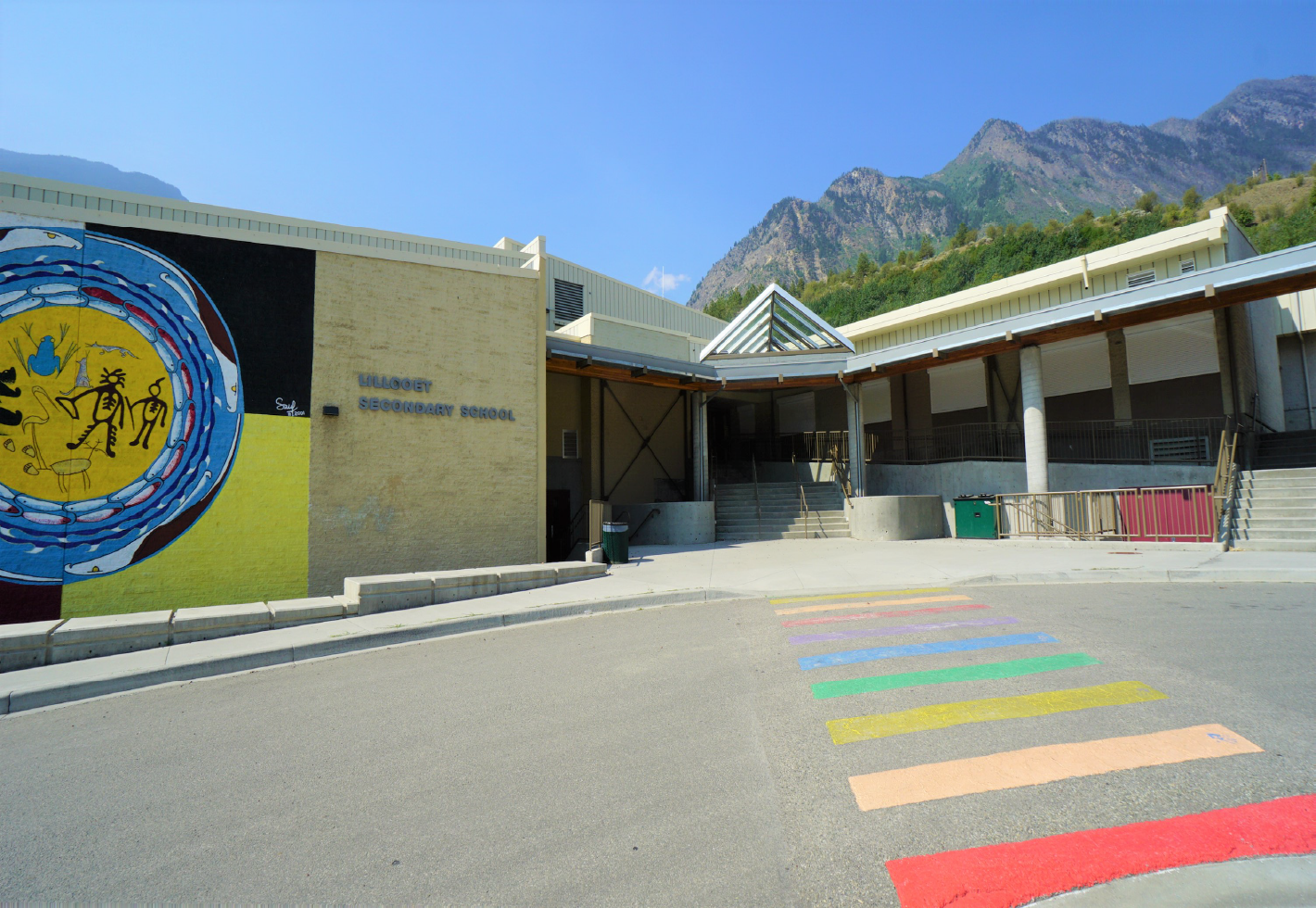
Lillooet Secondary School
Lillooet, British Columbia
Lillooet Secondary School (LSS) provides a community space for Grade 8 to Grade 12 students living in the deep mountain gorges surrounding Lillooet, as well as in the surrounding Fraser River Valley. LSS is honored to serve the communities of T’it’q’et, Xwisten, Xaxl’ip, Ts’kw’aylaxw, Sekw’el’was and the District of Lillooet in their journey towards being life long learners. Working in a comfortable space helps students and teachers learn without distractions, so ensuring the HVAC systems meet the needs of the school is very important.
Lillooet is situated in a remote community, resulting in some interesting logistical requirements. The new systems installed would be limited to electrical power only, which encouraged maximizing the available resources in the area as part of the design and resulted in a reduced carbon footprint for the building. Falcon began capital planning activities to initiate this project in 2016. As a major upgrade, this project is phased and is on track for completion in 2021. The primary mechanical plant design was based on a four pipe fan coil system, with electric boilers, heat pumps, and a geoexchange system located next to the school’s playing field. To service the classrooms and spaces throughout the building, a combination of air moving equipment was used. Vertical unit ventilators were utilized in the classrooms, as they are easy to maintain and very quiet. At exterior doors, where vestibule space was limited, ceiling mounted force flow heaters were installed. In larger spaces, like the metal and wood shop, large air handling units were coupled with exhaust fans to ensure contaminants were being removed from the spaces. The heating for the building is based on low temperature equipment, therefore maximizing the efficiency of the plant further.
To meet the scheduling and budget requirements for the school district, the project work has been divided, allowing the work to be completed over three summers. Strategic design elements are used at interfaces between phases to minimize redoing installation work and reduces the disruption to the students and staff while the project is underway.